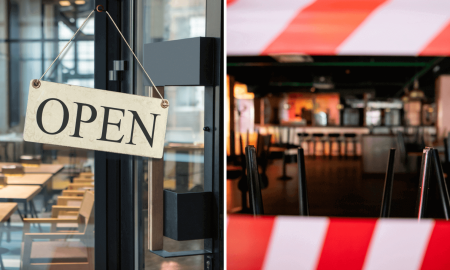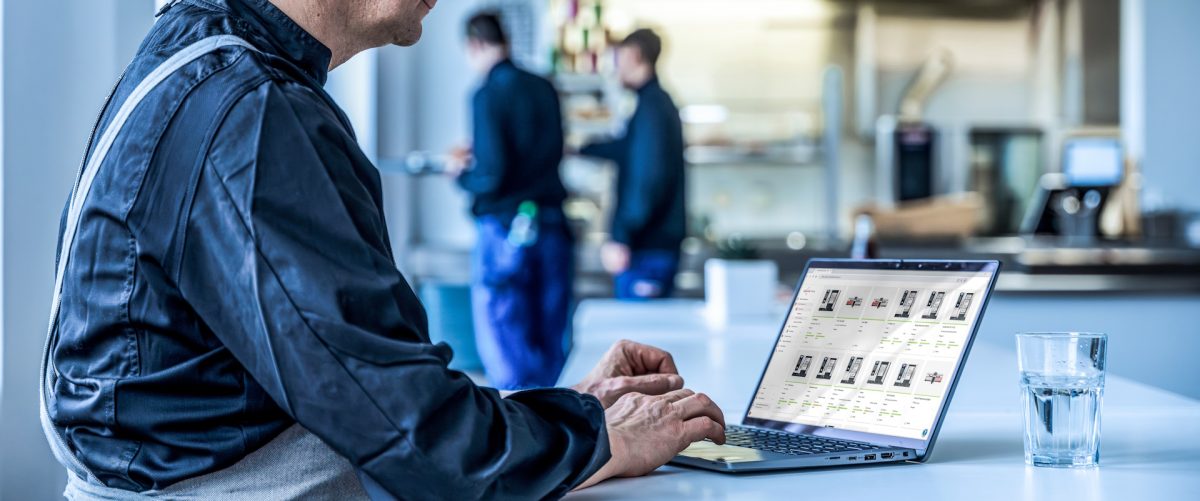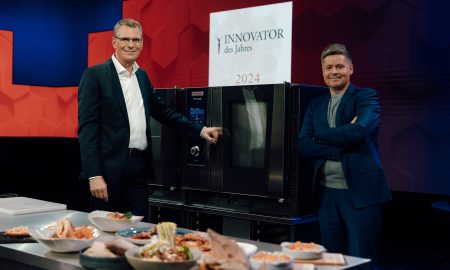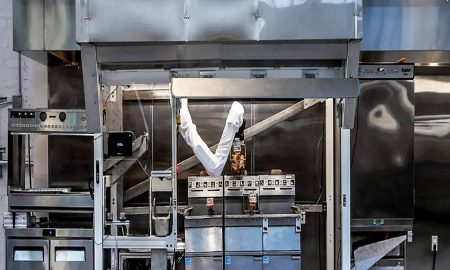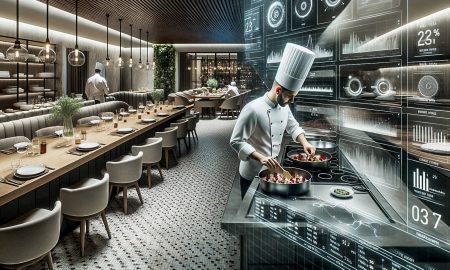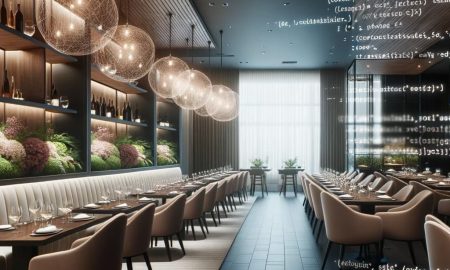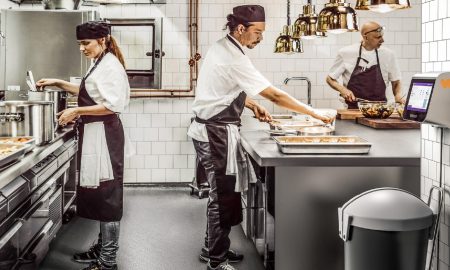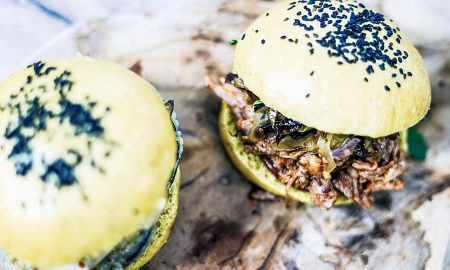On the last day of November 2022 Michael Jones, editorial director of Progressive Content and FCSI’s Foodservice Consultant magazine, introduced the latest webinar in the TrendTalk series, hosted by RATIONAL. The subject up for discussion was ‘Ghost kitchens: A safe harbor in stormy waters’?
The panel featured operators, consultants and industry thought-leaders who know better than anyone how ghost kitchens, food production spaces and the meal delivery sector, function as a crucial part of today’s foodservice industry. As Jones mentioned, it is “a fast-changing sector” that continues to evolve, even since this series of webinars began.
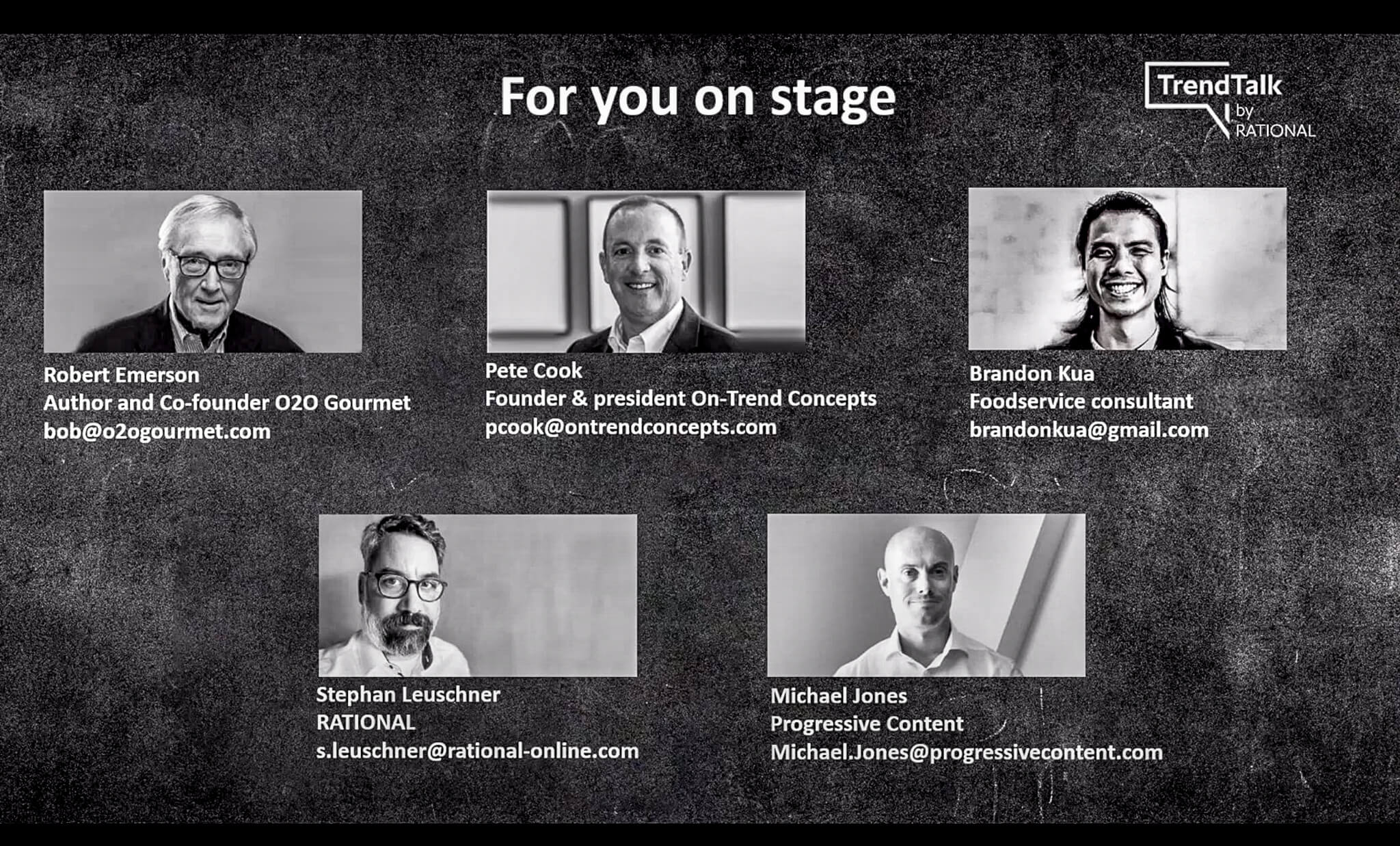
Image: RATIONAL
The challenge of delivery
First to speak, from South Bend, Indiana, was Pete Cook, president of OnTrend Concepts, which delivers a weekly newsletter covering all the most interesting bits of news and analysis relating to ghost kitchens. This information is aggregated from websites and newsletters and there are links back to the original articles. Cook started doing this research for his own interest but soon realized it could be useful for others to have access to all the information in one spot, so he now distributes it for free.
He sees the big trend in the sector is the challenge of delivery, both doing it well and making money. “Some are doing it well, but they’re not making any money,” he says. “Often the only person a customer sees from a virtual brand is the delivery driver. You don’t even know his or her name and they need to be your ambassador.” Figuring out delivery, first party versus third party, continues to be the big issue, says Cook.

Image: AdobeStock | oneinchpunch
Customer interaction is essential
The host then welcomed Stephan Leuschner, RATIONAL’s ghost kitchen expert, onto the virtual stage. Leuschner celebrated the 10th TrendTalk session with the news that previous sessions had recently exceeded more than 8,500 clicks on YouTube and had attracted more than 1,200 live participants.
Leuschner asked if ghost kitchens and delivery platforms were the solution to overcoming the current challenges in the hospitality business or are they a contemporary and sustainabvle way to meet customers’ needs best and, if so, what needed to be considered to make ghost kitchen operations successful.
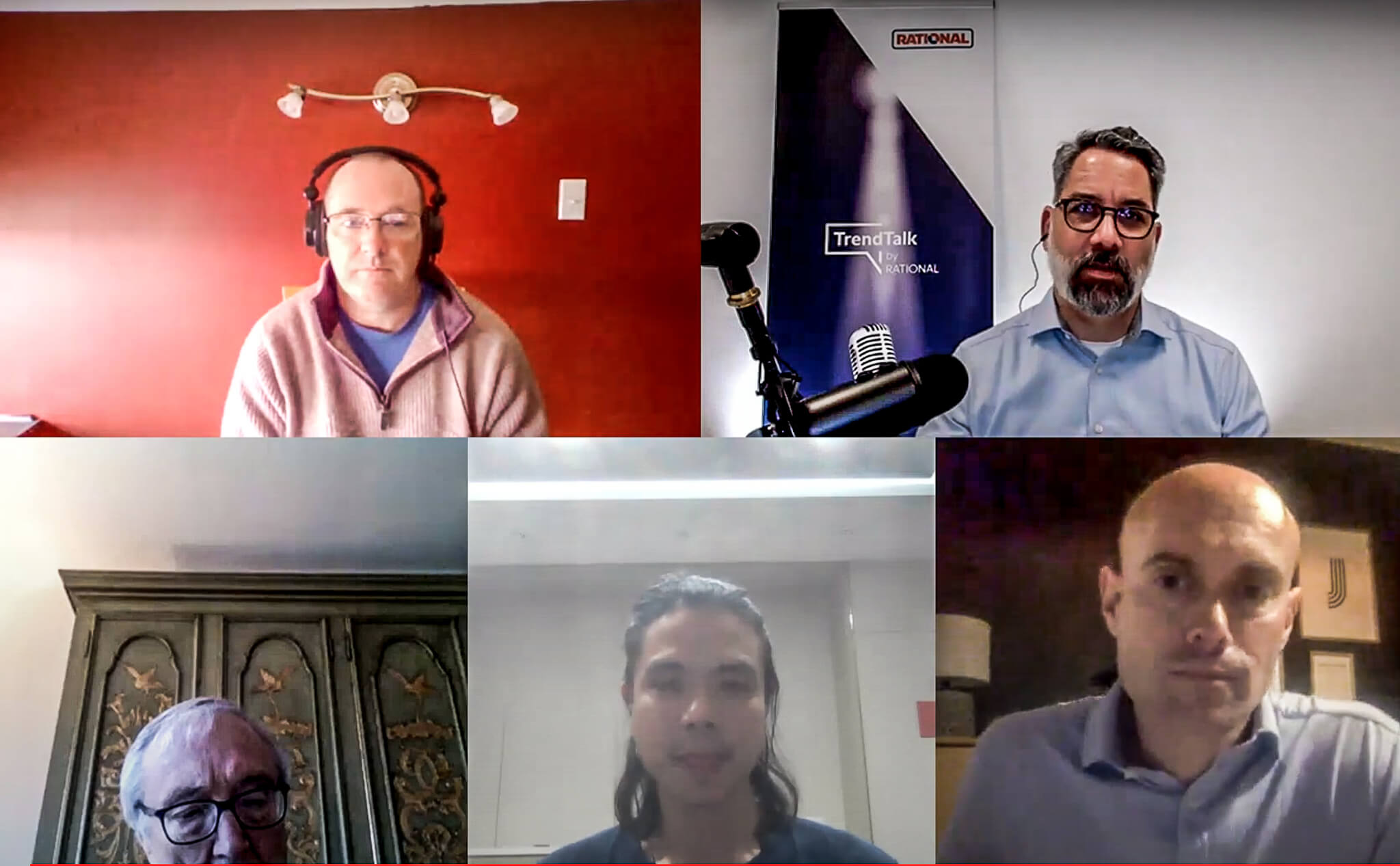
Image: RATIONAL
Many operators have identified the biggest challenge to be the lack of interaction with the end-customer, said Leuschner. This limits the opportunity for soft-selling those smaller value items that can be crucial to the margins. So even the best equipped ghost kitchen do not connect with the customer. Some operators have now gone to where the customers are, “to allow impulse ordering and soft selling”. Some successful operators have also partnered with established retailers (for example Kitchen United with Walmart).
What can virtual brands learn from the retail side?
“If the brand operators want to be where the customers are the best place is a shopping mall or a big retailer. They have the space and customers on site already. On the other hand, the retailers might decide to launch their own virtual brands in the future,” says Leuschner. Leuschner thinks that, ultimately, the retailers will win that war and pick up will be the new delivery. Could that be a topic for discussion on a future TrendTalk?
Foodservice location, location and still location
Next up was foodservice consultant, Brandon Kua, based in Kuala Lumpur, Malaysia. He described the how current challenges are affecting the way he and his team work. “Currently we have no choice but to be adaptable and more flexible. Real estate is getting costlier so we have to help our clients by putting all the components they require into a smaller footprint so they can operate efficiently without compromising production capacity or quality,” he said.
A question came in from a webinar viewer asking: “Which Southeast Asian country has most potential for ghost kitchen model?” Kua believes the Singapore market is quite mature, but Malaysia and Indonesia have potential. “The only problem is traffic and the last mile,” he explained. “The question is where do you set up the kitchens strategically to cater for a radius of 5km even up to 10km while maintaining the quality of the food. We studied information from operators in China and they say the optimum distance is 3km if the food is to be delivered in optimum condition.”
Accuracy of order, delivery at the appointed time and the condition of the food – that’s what counts
The final guest speaker was Robert Emerson, co-Founder and CEO of O2O Gourmet LLC. He is also the author of two books on the subject of ghost kitchens and the delivery market, Food Fight!, published in July of this year and the seminal Milkman 2.0, which was published in June 2020. As a securities analyst and dealmaker his interest in the sector goes back to 1973.
In Emerson’s view the current delivery business model, which he calls the “taxi or courier model”, is faulty while the bus or milkman model makes more sense as it would enable one driver to deliver 15-20 meals an hour. He stated studies done by McKinsey, which show that the 10-minute delivery isn’t a priority most of the time and accuracy of order and delivery at the appointed time and the condition of the food when it gets there are more important.
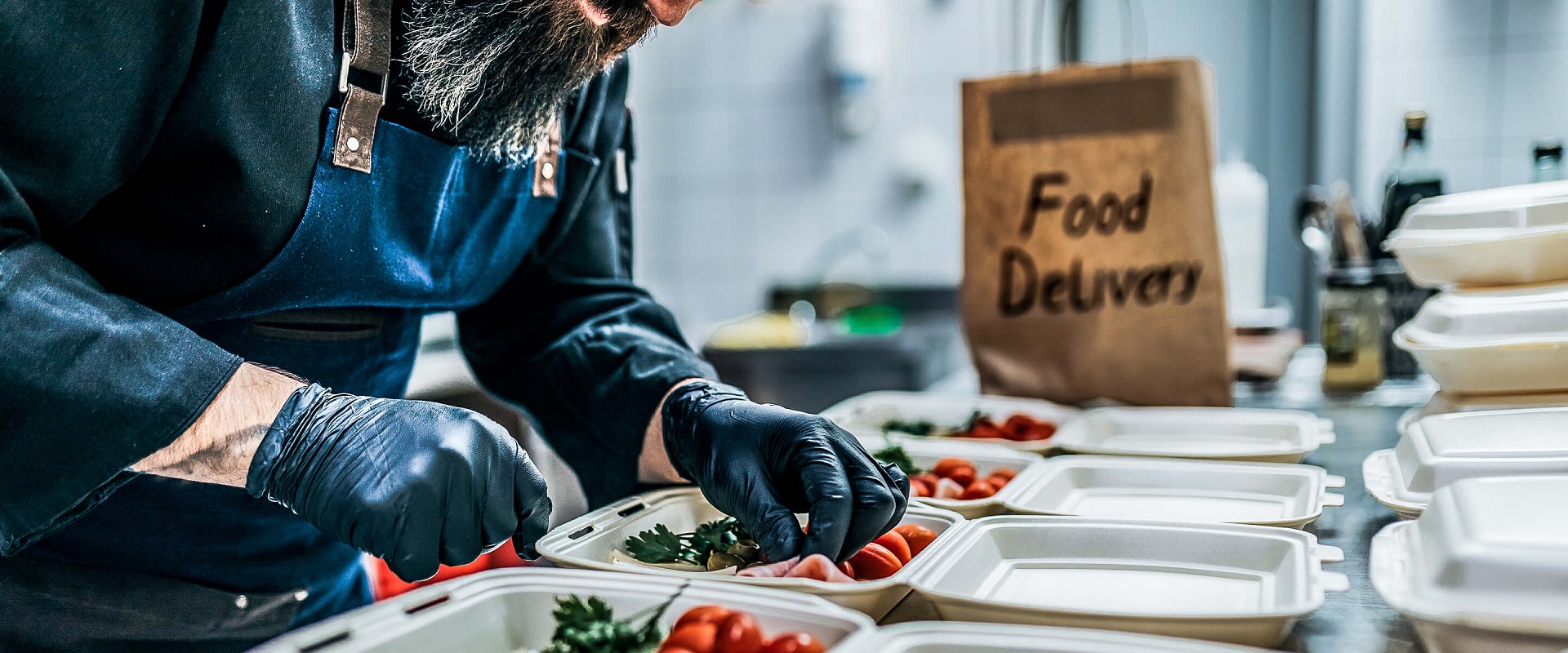
Image: AdobeStock | hedgehog94
His views on recent investments made in the delivery and ready-meals sector were extremely insightful and gave much food for thought. He foresees potential in the more high-end prepared meal market in the US. “The difference between restaurant meals and prepared meals is that with prepared meals your labor cost is about 5% of sales, in a restaurant it’s 30%.”
Foodservice experts see a bright future for foodservice
The webinar wrapped up with a 10-minute session where the excellent panel answered a series of quick questions from the host. Despite the hard economic times ahead there is a bright future for foodservice – particularly for meals ordered online and pick up. As ever operators will need to demonstrate adaptability, flexibility, and creativity to make that work.
We look forward to a new TrendTalk sessions in February 2023.






